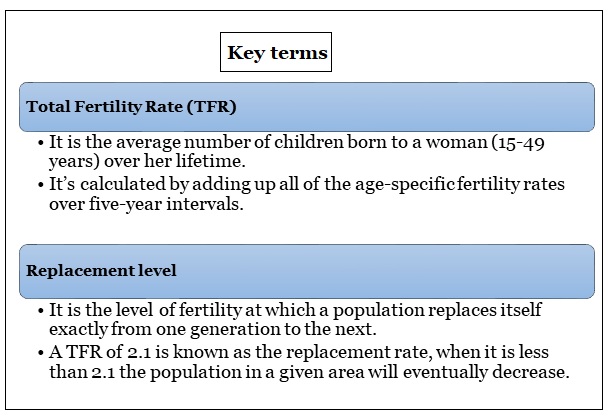900 319 0030
enquiry@shankarias.in
New Districts creation in any state

Panchamirtham of Palani temple gets GI tag
Geographical Indications Tag
Total Fertility Rate (TFR)

Everest climbers set to face new rules
Source: PIB, The Indian Express